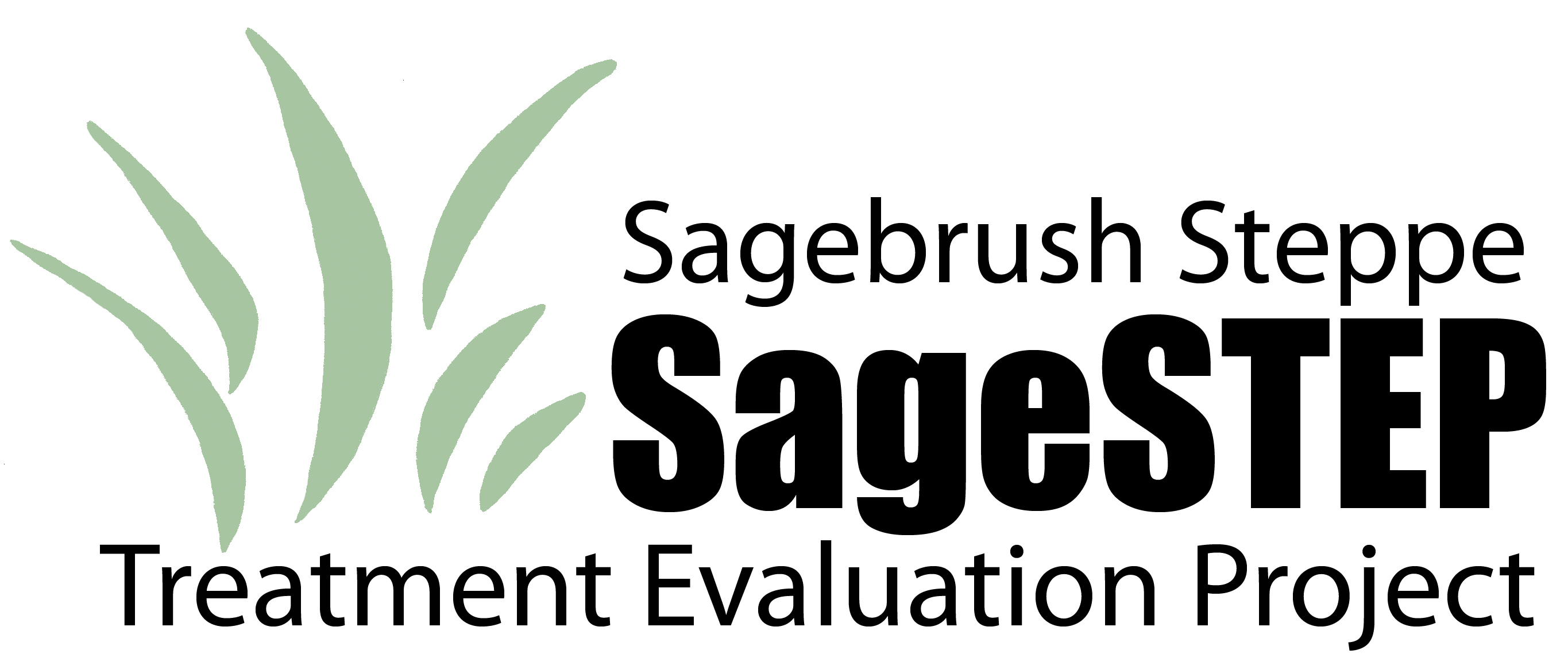Document Type
Article
Journal/Book Title/Conference
Catena
Volume
185
Publisher
Elsevier BV
Publication Date
4-25-2018
First Page
1
Last Page
26
Creative Commons License

This work is licensed under a Creative Commons Attribution-Noncommercial-No Derivative Works 4.0 License.
Abstract
Pinyon (Pinus spp.) and juniper (Juniperus spp.) woodland encroachment has imperiled a broad ecological domain of the sagebrush steppe (Artemisia spp.) ecosystem in the Great Basin Region, USA. As these conifers increase in dominance on sagebrush rangelands, understory vegetation declines and ecohydrologic function can shift from biotic (vegetation) controlled retention of soil resources to abiotic (runoff) driven loss of soil resources and long-term site degradation. Scientists, public land management agencies, and private land owners are challenged with selecting and predicting outcomes to treatment alternatives to improve ecological structure and function on these rangelands. This study is the first of a two-part study to evaluate effectiveness of prescribed fire to re-establish sagebrush steppe vegetation and improve ecohydrologic function on mid- to late-succession pinyon-and juniper-encroached sagebrush sites in the Great Basin. We used a suite of vegetation and soil measures, small-plot (0.5 m2) rainfall simulations, and overland flow experiments (9 m2) to quantify the effects of tree removal by prescribed fire on vegetation, soils, and rainsplash, sheetflow, and concentrated flow hydrologic and erosion processes at two woodlands 9-yr after burning. For untreated conditions, extensive bare interspace (87% bare ground) throughout the degraded intercanopy (69–88% bare ground) between trees at both sites promoted high runoff and sediment yield from combined rainsplash and sheetflow (~45 mm, 59–381 g m−2) and concentrated flow (371–501 L, 2343–3015 g) processes during high intensity rainfall simulation (102 mm h−1, 45 min) and overland flow experiments (15, 30, and 45 L min−1, 8 min each). Burning increased canopy cover of native perennial herbaceous vegetation by >5-fold, on average, across both sites over nine growing seasons. Burning reduced low pre-fire sagebrush canopy cover (30 yr. Enhanced herbaceous cover in interspaces post-fire reduced runoff and sediment yield from high intensity rainfall simulations by >2-fold at both sites. Fire-induced increases in herbaceous canopy cover (from 34% to 62%) and litter ground cover (from 15% to 36%) reduced total runoff (from 501 L to 180 L) and sediment yield (from 2343 g to 115 g) from concentrated flow experiments in the intercanopy at one site. Sparser herbaceous vegetation (49% cover) and litter cover (8%) in the intercanopy at the other, more degraded site post-fire resulted in no significant reduction of total runoff (371 L to 266 L) and sediment yield (3015 g to 1982 g) for concentrated flow experiments. Areas underneath unburned shrub and tree canopies were well covered by vegetation and ground cover and generated limited runoff and sediment. Fire impacts on vegetation, ground cover, and runoff and sediment delivery from tree and shrub plots were highly variable. Burning litter covered areas underneath trees reduced perennial herbaceous vegetation and increased invasibility to the fire-prone annual cheatgrass (Bromus tectorum L.). Cheatgrass cover increased from
Recommended Citation
Williams, C.J., Pierson, F.B., Nouwakpo, S.K., Al-Hamdan, O.Z., Kormos, P.R., and Weltz, M.A. 2020. Effectiveness of prescribed fire to re-establish sagebrush steppe vegetation and ecohydrologic function on woodland-encroached sagebrush rangelands, Great Basin, USA: Part I: Vegetation, hydrology, and erosion responses. Catena 185: 103477. doi: 10.1016/j.catena.2018.02.027.



